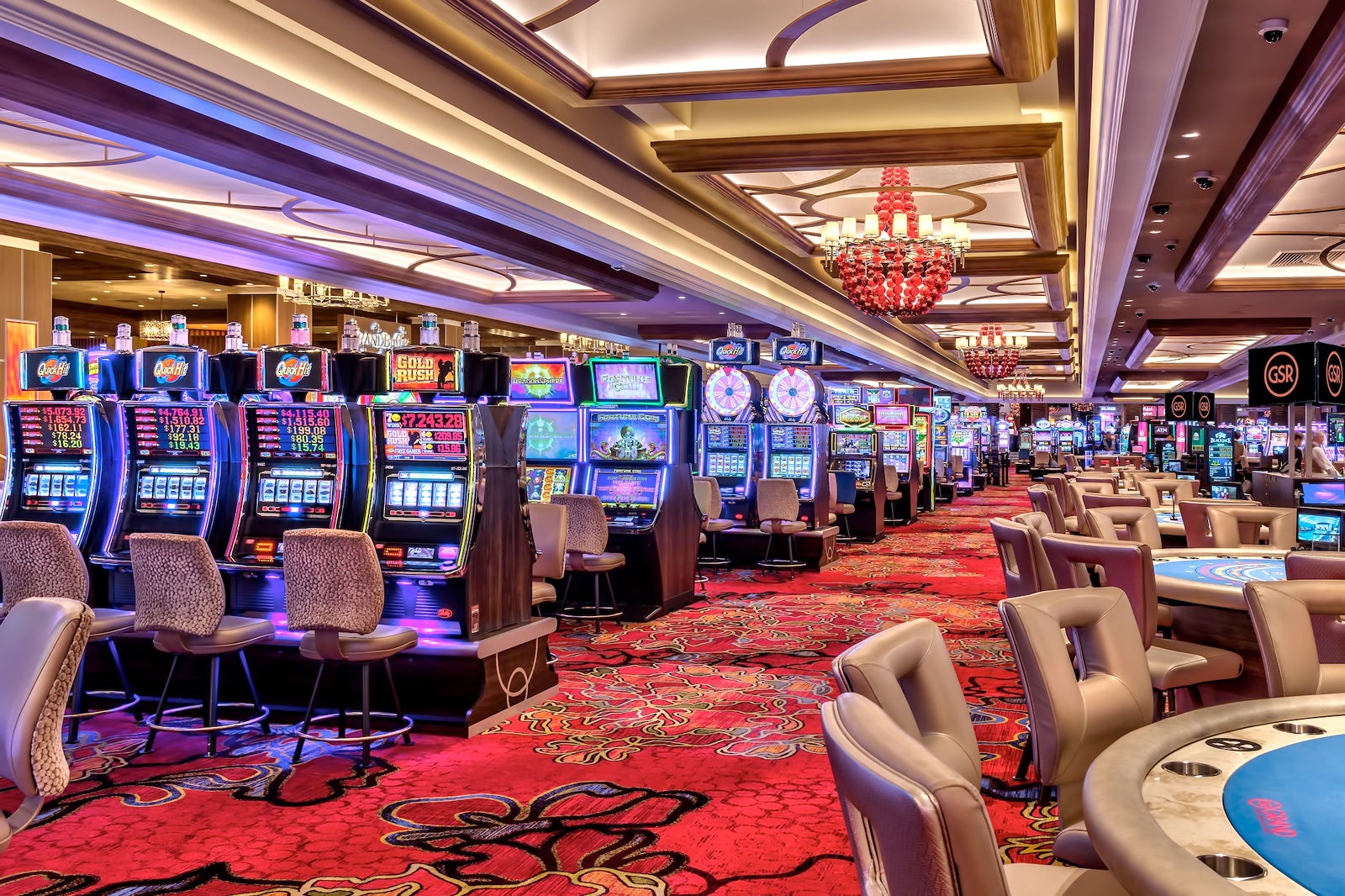
Casino games have long captivated human interest, drawing gamblers into a world filled with luck, tactics, and the allure of thrill. Each experience is carefully crafted not just for fun, but also to inspire targeted emotional responses that keep players immersed and interested. Understanding the reasons behind these designs reveals much about how psychology plays a crucial role in the gaming experience.
From the bright lights and vibrant sounds to the intricate layering of rules and incentives, casino games are designed to create an atmosphere of anticipation and anticipation. Game designers leverage psychological principles to influence player behavior, whether through the use of jackpots, near-miss scenarios, or social interactivity. By examining these elements, we can better appreciate how casino games fulfill not just a need for entertainment, but underlying psychological needs for adventure and hazard.
Comprehending Gamer Behavior
Casino games are designed with a thorough grasp of player psychology, which is essential for attracting and holding players. The excitement of the game, coupled with the anticipation of winning, establishes a strong draw. Game designers employ elements like sound effects, colorful graphics, and immersive gameplay to engage attention and evoke emotional responses. These sensory effects enhance the overall experience, making players feel more attached in the game.
Another notable aspect of player behavior is the concept of risk/reward dynamics. Casino games often balance high-risk scenarios with the potential for substantial rewards, which can lead to the occurrence known as near-miss effect. When players come within reach to winning, the brain releases dopamine, bolstering their behavior and encouraging them to continue playing in pursuit of that hard-to-reach win. This cycle of hope and frustration plays a key role in how games are constructed and promoted.
Lastly, community aspects also play a critical role in player behavior at casinos. Many games are crafted to be played in groups or in company with other players, nurturing a sense of community and collective experience. The community engagement inherent in games like blackjack enhances enjoyment and can result in prolonged gaming periods. Designers capitalize on this by crafting environments that prompt players to remain, connect, and return, making the overall casino experience more attractive.
The Role of Imagery and Sound
Visuals and sound play a vital role in elevating the player’s experience within gambling games. Designers utilize bold colors, eye-catching graphics, and captivating animations to capture players’ attention and sustain their interest. oke179 com The use of motifs, such as adventure or opulence, helps create an enthralling atmosphere that transports players into a different world. By appealing to the senses, these elements contribute to a intensified emotional response, encouraging players to engage more profoundly with the games.
Sound design is equally important in reinforcing the experience of gambling games. The mix of ambient music, audio effects for successful combinations, and environmental noises creates an sound landscape that holds players fascinated. Sounds associated with wins, such as chiming bells or celebratory music, evoke feelings of thrill and reward, prompting players to continue playing. These sound cues are strategically placed to enhance the thrill of the game and create a more immersive experience.
Moreover, the synchronization of imagery and audio is essential for reinforcing the game’s overall theme and mood. Each element should coordinate harmoniously to create a cohesive experience that pulls players in. The effective use of this integration not only enhances user satisfaction but also increases the chances of return play, as players become more engaged in the captivating world that the gambling games offer. This thoughtful integration of imagery and audio ultimately enhances player involvement and commitment.
Incentive Structures and Participation
The design of casino experiences heavily depends on reward systems to ensure players involved and coming back for more. These systems are based in psychological principles that exploit human behavior and motivation. Participants are often driven by the excitement of success, which is reinforced by immediate feedback through the game’s design. This prompt satisfaction not just enhances the gaming experience but also fosters a feeling of achievement, prompting players to continue playing in hopes of greater gains.
Gaming establishments utilize various reward structures, including large payouts, extra rewards, and increased rewards, to engage players. These elements create a level of thrill that maintains interest. Additionally, the randomness of outcomes plays a significant role in keeping interest. The intermittent reinforcement schedule, where wins are unpredictable but occur often enough, keeps players on edge and motivated to keep playing. This loop of hope and expectation is essential to the effectiveness of gambling experiences.
Furthermore, social elements, such as competitive events and collaborative options, enhance the participation factor by leveraging the competitive nature of participants. The communal aspect of playing with others can intensify the excitement of winning and create a community atmosphere within the gaming space. By integrating these community elements with efficient reward systems, casino games don’t just provide entertainment but also foster a deeper connection among participants, solidifying their loyalty to the gaming experience.
